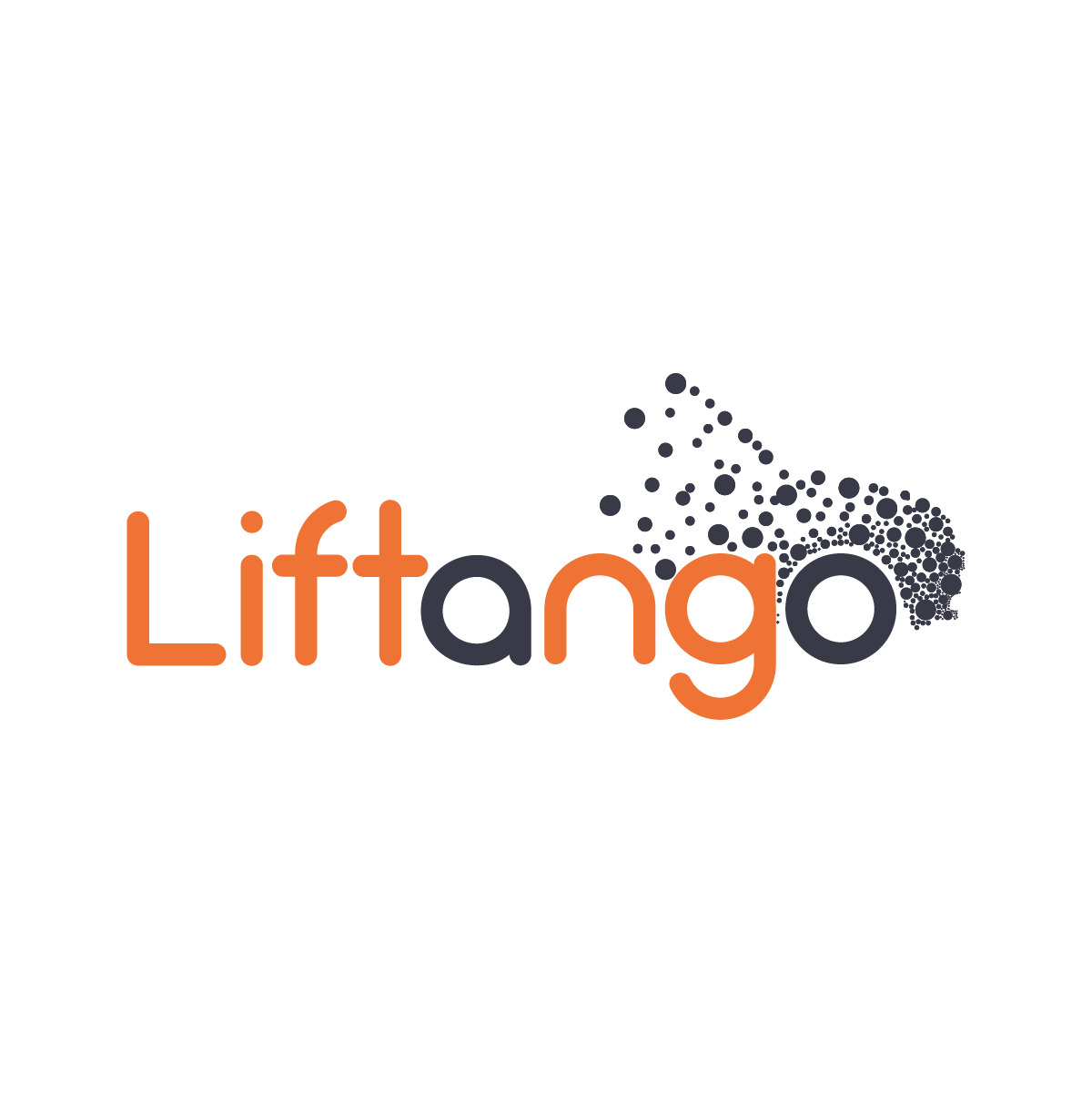Redefining access to public transport
Published: 12 January 2022
Share this post
- Like
- Digg
- Del
- Tumblr
- VKontakte
- Buffer
- Love This
- Odnoklassniki
- Meneame
- Blogger
- Amazon
- Yahoo Mail
- Gmail
- AOL
- Newsvine
- HackerNews
- Evernote
- MySpace
- Mail.ru
- Viadeo
- Line
- Comments
- Yummly
- SMS
- Viber
- Telegram
- Subscribe
- Skype
- Facebook Messenger
- Kakao
- LiveJournal
- Yammer
- Edgar
- Fintel
- Mix
- Instapaper
- Copy Link
Demand-Responsive Transport is reshaping how we engage with public transit, offering flexibility, efficiency and improved access for each passenger. In this whitepaper, Liftango discusses DRT in depth and shares case studies of real-life solutions.
The rigid nature of fixed-route public transit leaves many commuters with insufficient access to transport, and some with no access at all.
As a solution, emerging transit models – such as Demand-Responsive Transport (DRT) – have been introduced into the transit landscape to help to alleviate some of the challenges surrounding traditional public transport.
DRT removes the rigidity of a fixed-route model, offering flexibility, efficiency and improved access to transport for each passenger. It has several use cases where it can provide:
- Public transport feeder services to commuter hubs, offering easier commuting options to those that cannot easily access a fixed-route stop every day
- Non-emergency medical transport across large regions, reducing late arrivals for appointments
- Community and corporate transport, serving a large host of bespoke needs and designs for operators.
In this whitepaper, Liftango discusses Demand-Responsive Transport in depth and shares case studies of quality DRT solutions for Battle Creek Transit, JustGo North Lincs and AT Local (Auckland Transport).




